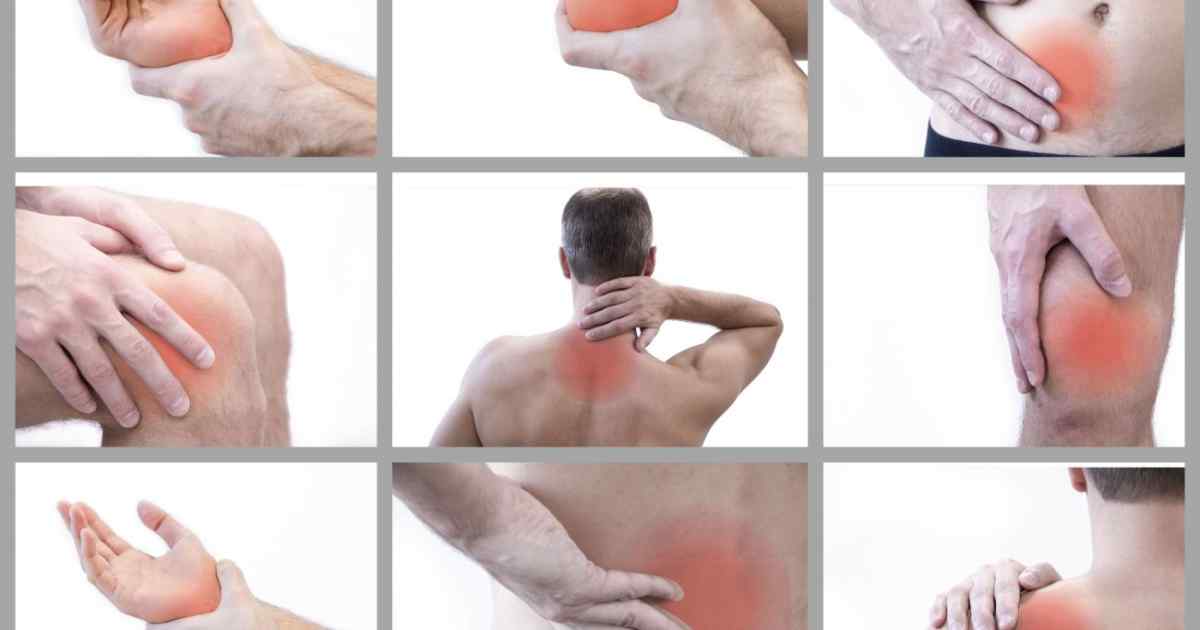While it can be tempting to run to the doctor every time some joint twinges, it’s important to understand what different types of pain are common, and what these pain are trying to tell you. Find out what your joint pain might mean!
Understand Your Pain
It’s important to understand what types of illnesses and conditions can lead to joint pain, and how to articulate the various sensations that you’re feeling. Being specific is extremely helpful to your doctor and can assist them in returning an accurate diagnosis.
Joint pain generally varies from mild to debilitating, and it will either go away after a short period of time (acute) or last for months or even years (chronic). Arthritis is one of the most common causes of joint pain, but there are many other illnesses and injuries that can cause different types of joint pain as well.
Symptoms of Joint Pain
While twinges, soreness, and aches are the most obvious signs that you’re experiencing joint pain, there are a number of other symptoms that are important to keep an eye on. If your joints are red, swollen, or warm, it is definitely a cause for concern. You may also experience tenderness or weakness around the area or become unable to move the joint as easily as you could before.
If you’re experiencing any of these symptoms, consult a doctor immediately as continued use of the joint could lead to further damage.
The Causes of Joint Pain
There are many different conditions and factors that can affect the health of your joints, including injuries, age, infection, and diseases.
Sports Injury
One of the most common injuries that causes joint pain are sprains and strains that happen in the course of a sporting event. If you play a specific sport often, you may be vulnerable to injuries that are common within that sport, such as tennis elbow. If you continually strain the same joint, it’s possible that over time the cartilage will wear down, which will only lead to continued pain, as well as loss of movement.
If you want to try and keep playing after an injury, your doctor may recommend physiotherapy to try and strengthen that specific area in order to protect against future injuries.
Age
More than 100 million Americans experience chronic pain on a daily basis. For most older adults, this pain comes in the form of tendinitis or bursitis, an injury that’s caused by repetitive movements. It tends to affect those aged 40 and up and occurs primarily in older adults because as we age, our tendons become less elastic, and are prone to injury. Luckily, tendinitis and bursitis can be avoided if you’re careful not to put too much stress on that joint. If you feel some stiffness, use the RICE method (rest, ice, compression, and elevation) for some relief
Infection
One of the most serious kinds of joint pain is caused by an infection. If you’re experiencing joint pain as well as a fever, and your joints feel red, tender, and swollen to the touch, consult a doctor right away.
Roughly one percent of arthritis cases are classified as viral arthritis, which is joint pain that’s caused by a viral infection. Many serious diseases can lead to viral arthritis, including enterovirus, HIV, and hepatitis C. A blood test will determine if you’re experiencing joint pain related to regular arthritis, or whether it’s being caused by a larger viral infection.
Disease
There are many different diseases that include joint pain among their list of symptoms. One of the most common is osteoarthritis, a disease that causes the breakdown of cartilage. Another disease that can lead to joint pain is Paget’s disease of bone, a chronic disease that affects our body’s ability to replace old bone tissue, which eventually leads to weakened, misshapen bones. These bone deformities put undue stress on our joints, which can lead to severe pain.
Even if you believe that you can tolerate the pain, you should always consult a doctor in case your joint pain is being caused by a much larger issue.
Treatment Options
The good news is you have several treatment options if you’re experiencing joint pain. If your joints are sore and swollen, your doctor may prescribe a nonsteroidal anti-inflammatory drug (NSAID), which can help relieve some of the pain. You can also try taking over-the-counter acetaminophen or ibuprofen to see if that makes an impact at all.
If you’re experiencing muscle spasms that are tensing the muscles around your joints, you may be able to take a muscle relaxant. There are several options for topical creams and gels that contain a variety of different active ingredients that help block or numb the pain. Capsaicin, (the substance that makes chili peppers so spicy), is found in several creams that have been shown to be effective.
If your pain is severe and chronic, your doctor may be able to inject a steroid directly into the joint that will deliver a dose of medication that can temporarily dull your pain. If you opt to avoid medication, a physical therapist may be able to help you with exercises designed to relieve pressure on your joints and strengthen the muscles in the surrounding areas.
